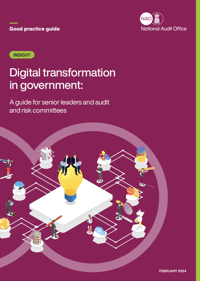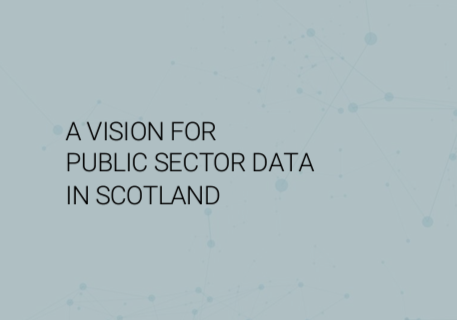Reducing risk with connected data: how to leverage data insights for public service
Regarding knowledge graphs, one discussion participant said we must first ensure our data is clean and consistent across departments. Only then can we effectively use it to spot trends with software. Many agreed with this point.
Perfect vs Good
 Making decisions with 90 per cent certainty is okay because trying to perfect data to 99 per cent certainty takes too much time and causes delays in making important decisions. Waiting for nearly perfect certainty isn't practical due to slow and manual ways of fixing data.
Making decisions with 90 per cent certainty is okay because trying to perfect data to 99 per cent certainty takes too much time and causes delays in making important decisions. Waiting for nearly perfect certainty isn't practical due to slow and manual ways of fixing data.
This emphasis on moving forward with 'good enough' data resonates with Peter Holroyd, Senior Solutions Architect at the Office for National Statistics, who quoted a recent report - ‘Digital Transformation in Government’ - from the National Audit Office (NAO), which highlighted a tendency among senior business leaders to overlook the complexities of their digital starting points.
 This absence of digital fluency at the senior level not only hinders the strategic deployment of AI and ML but also perpetuates a cycle of complexity, as leaders may push for quick fixes that fail to address systemic data challenges, Holroyd suggested, pointing to the findings of the NAO report, which said:
This absence of digital fluency at the senior level not only hinders the strategic deployment of AI and ML but also perpetuates a cycle of complexity, as leaders may push for quick fixes that fail to address systemic data challenges, Holroyd suggested, pointing to the findings of the NAO report, which said:
Without a deeper understanding of digital transformation, senior leaders often focus on tactical solutions and quick fixes and avoid addressing the underlying inefficiencies that contribute to driving future costs.
Most digital change decisions are made by the senior business leaders. They make decisions on digital matters such as funding and investment, the scope of programmes and how procurement should be undertaken. The success of these decisions requires that business leaders in government demonstrate the digital fluency necessary to make the best choices and fully understand the consequences of their decisions for digital transformation.
As a result of misplaced confidence due to inexperience, we have seen programmes derailed from the outset and trying to deliver to impossible budgets and timescales, as illustrated in our report, The challenges in implementing digital change. A key factor was found to be poor assessment of the complexities of the baseline starting point for these programmes.
A shift towards a deeper digital understanding among senior leadership could pave the way for more informed and effective decision-making.
Risk Management
Getting the correct balance between cybersecurity, privacy and innovation was another key area of discussion.
Generally there’s some concern about emergent technologies where the risk profile is not fully understood. Government systems block many new AI tools - and individual users are cautious about straying too far from common software providers like Microsoft or IBM. In general the Civil Service was described as being slow to change and hesitant to embrace new technology.
This slower adoption of AI and other technologies has a knock-on effect on the efficiency agenda and the ability to improve decision-making. As the provider of last resort, the public sector needs to take a cautious approach to risk - but there is also risk associated with inaction.
There needs to be room to change the system and culture to keep up with new technical opportunities - and involving data experts in decision-making is an obvious quick win when it comes to exploring new technical capabilities, as well as interpreting the available data.





%20Government%20Data%20Summit%202022.jpg?width=600&name=Unlocking%20the%20power%20of%20Data%20(panel%202)%20Government%20Data%20Summit%202022.jpg)


